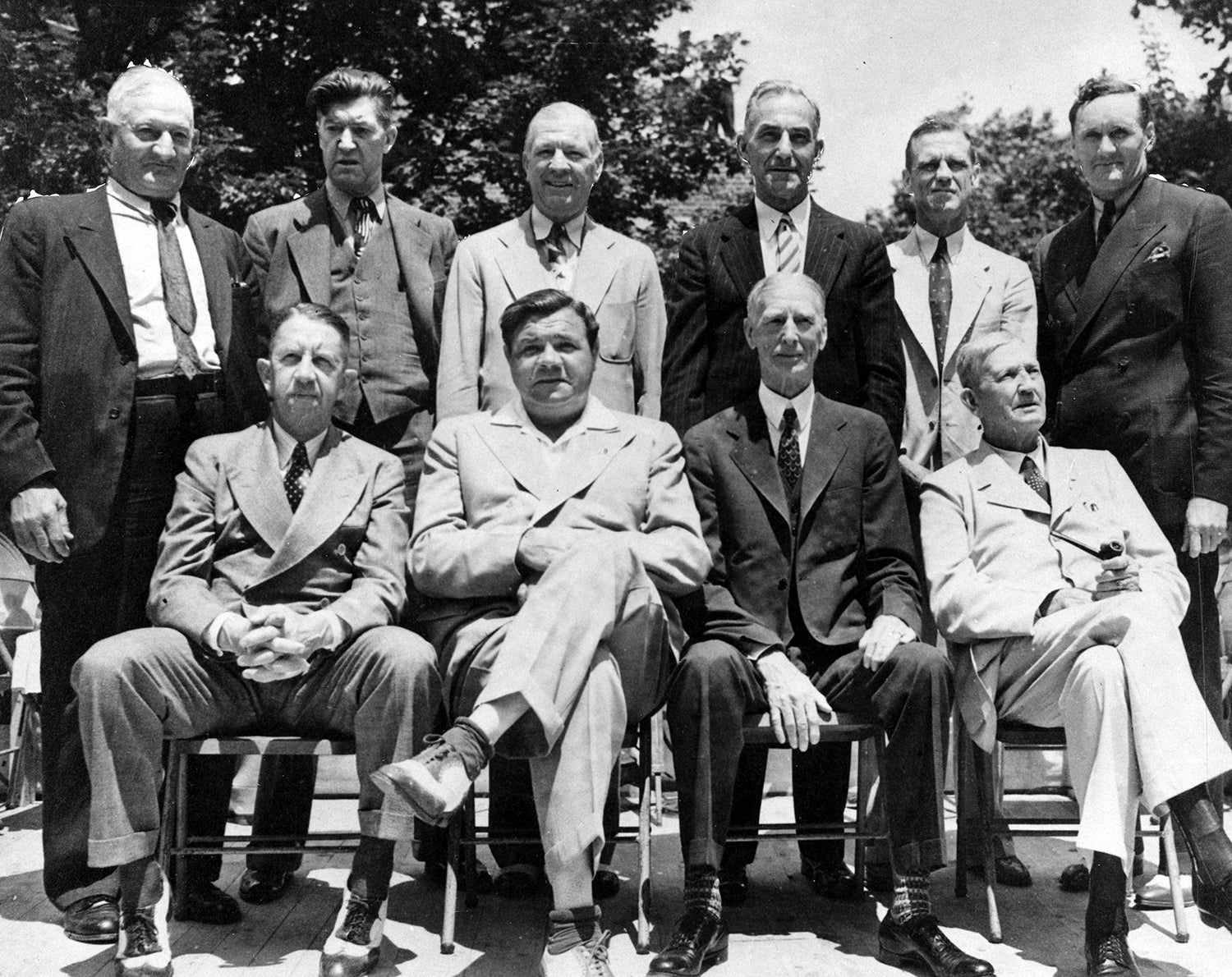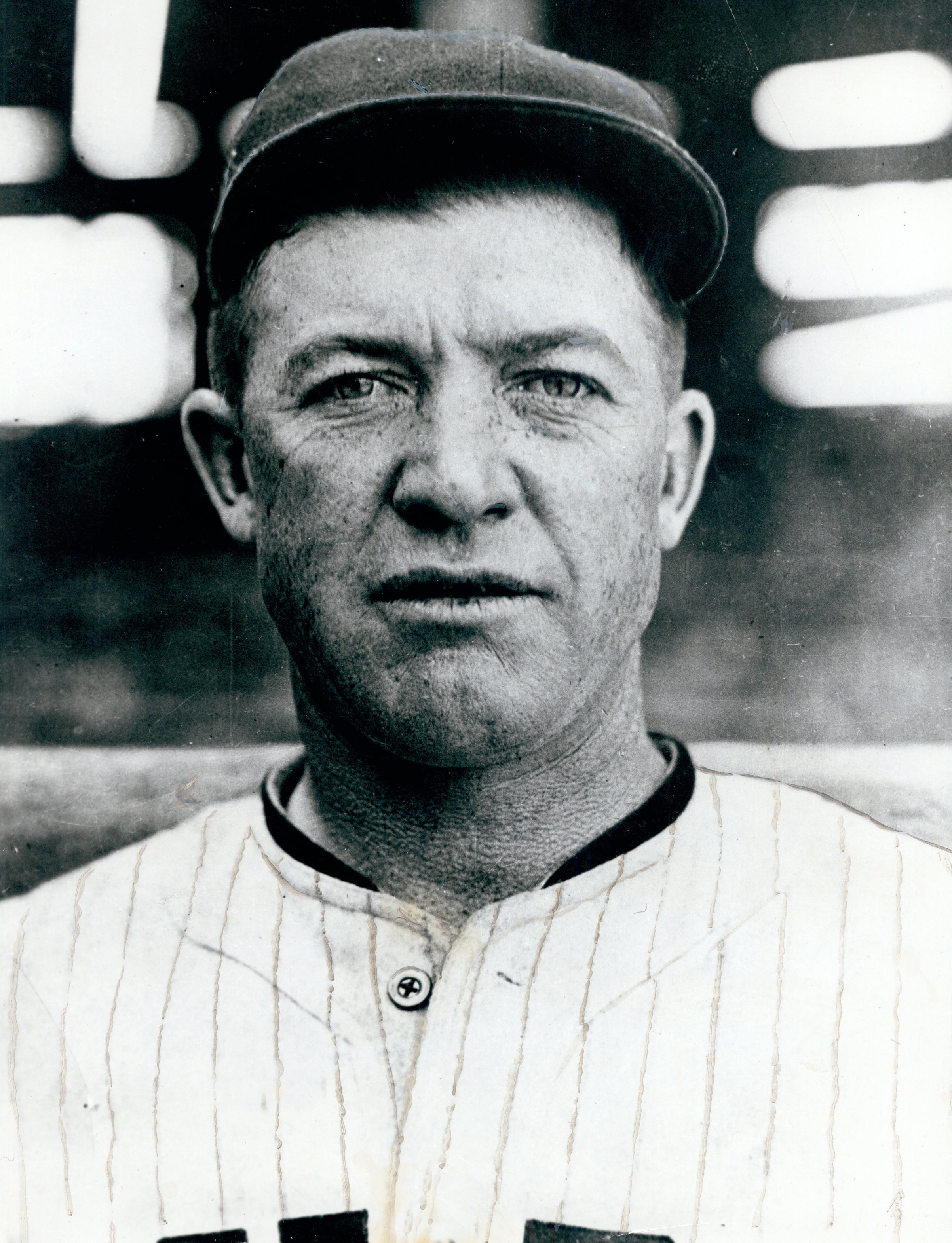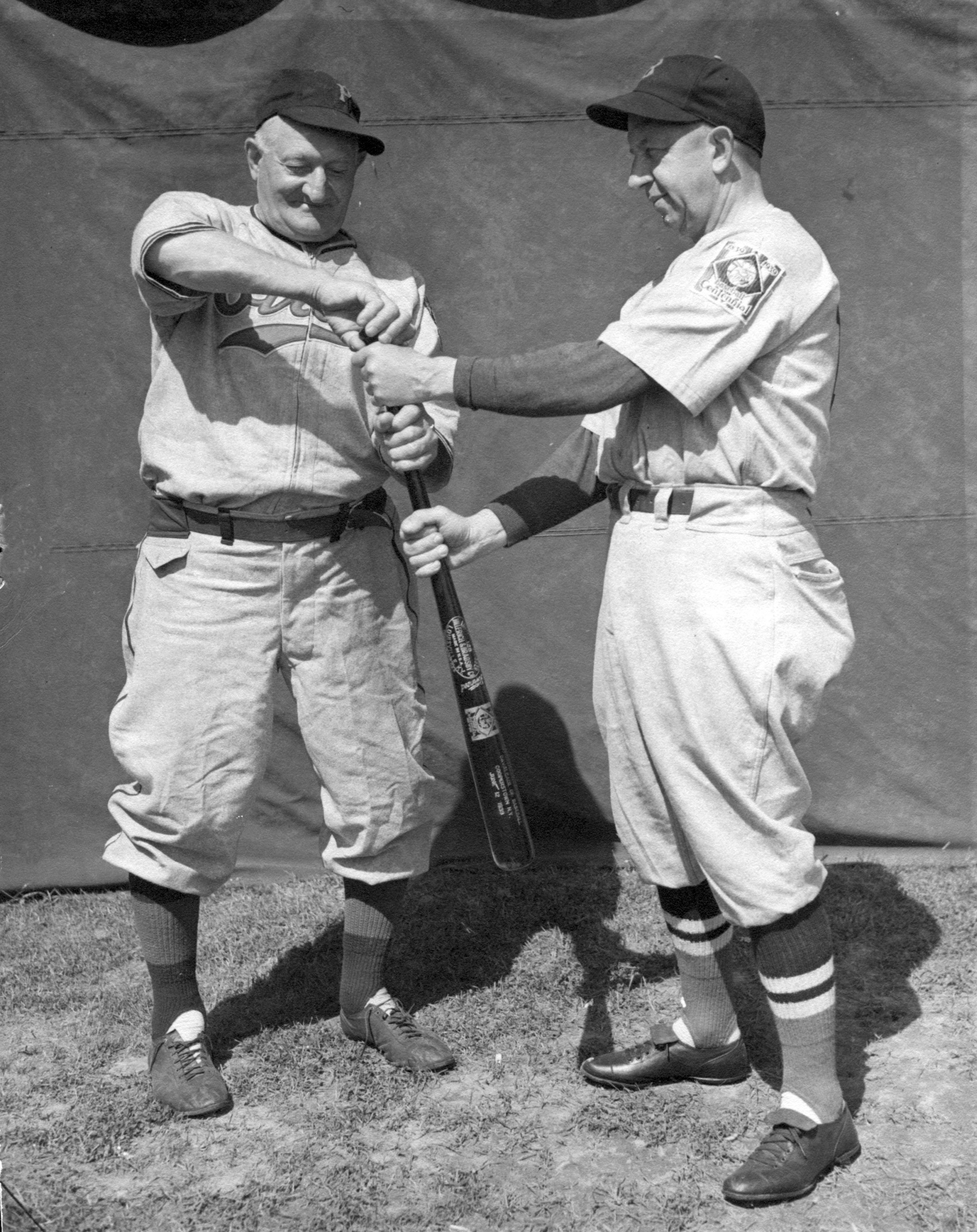- Home
- Our Stories
- Collins, Keeler and Sisler comprise fourth BBWAA Hall of Fame class
Collins, Keeler and Sisler comprise fourth BBWAA Hall of Fame class
The first sentence of the Associated Press missive from Jan. 24, 1939, made clear that the Baseball Hall of Fame – which had yet to officially open a brick-and-mortar building – was already the gold standard for the sports world.
“That’s a pretty fair ballclub they’re getting together at Cooperstown, N.Y.” read the AP story that ran in papers throughout the United States.
That day, the Baseball Writers’ Association of America announced that Eddie Collins, Willie Keeler and George Sisler had been named as the 17th, 18th and 19th members of the Hall of Fame. The BBWAA had been electing players since 1939 and had selected 12 over four elections, starting with the inaugural Class of 1936. The remaining seven Hall of Famers were chosen by forerunners of the Veterans Committee.
Official Hall of Fame Merchandise
Hall of Fame Members receive 10% off and FREE standard shipping on all Hall of Fame online store purchases.
Sisler received the most votes from the BBWAA among its three electees in 1939, appearing on 85.8 percent of all ballots cast after missing by just 18 votes the year before. A .340 lifetime hitter who twice topped the .400 mark, Sisler held the record for most hits in a season with 257 – a mark that would be his from 1920 until Ichiro Suzuki broke it 84 seasons later. Sisler was the initial first baseman to earn election from the BBWAA.
Then heavily involved in semi-pro baseball, Sisler would eventually become one of the most respected coaches in the big league ranks and helped instruct his sons Dave Sisler and Dick Sisler along their path to the majors.
“Poetry in motion,” said Frankie Frisch, who would eventually join Sisler in Cooperstown. “The perfect player.”
Collins received votes on 77.7 percent of all ballots cast after missing election by 22 votes in 1938. Regarded by many as one of the best second basemen ever to play the game, Collins – who by 1939 had transitioned into a second career as general manager of the Boston Red Sox – hit .333 with a .424 on-base percentage over 25 seasons with the Athletics and White Sox, scoring 1,821 runs and stealing 741 bases.
“Eddie Collins,” said Giants manager John McGraw, who had been elected to the Hall of Fame in 1937, three years after his passing, “is the best ballplayer I have seen during my career on the diamond.”
Keeler, famous for “hitting them where they ain’t” during a 19-year career that saw him hit .341, earned one vote more than the 206 necessary for election in 1939. Keeler passed away on Jan. 1, 1923, but his name would be splashed across papers throughout the country two years after his Hall of Fame election when Joe DiMaggio broke his record 44-game hitting streak – set in 1897.
Rube Waddell came the closest without being elected in 1939, missing the 75-percent mark by 27 votes. Including Waddell, the next 28 highest vote-getters on the 1939 ballot after Keeler all eventually earned election to the Hall of Fame.
But the Class of 1939 was not yet complete after the BBWAA election as the newly named Old Timers Committee elected Cap Anson, Charlie Comiskey, Candy Cummings, Buck Ewing, Old Hoss Radbourn and Al Spalding. The living members of the first four Hall of Fame classes were inducted on June 12, 1939, the day the Hall of Fame building opened in Cooperstown.
Meanwhile, Lou Gehrig was elected late in 1939 via special election and has forever been associated with the Class of 1939. After Gehrig became the 26th member of the Hall of Fame, the rolls grew by only two names over the next five years: The BBWAA elected Rogers Hornsby in 1942, and Kenesaw Mountain Landis was elected soon after his passing on Nov. 25, 1944.
Craig Muder is the director of communications for the National Baseball Hall of Fame and Museum
Related Stories

First BBWAA election in 1936 produced historic ballot

Second BBWAA election brings Lajoie, Speaker, Young to Cooperstown

Alexander pitched his way to Cooperstown

Heroes, Legends Part of Game at Inaugural Hall of Fame Weekend

First BBWAA election in 1936 produced historic ballot

Second BBWAA election brings Lajoie, Speaker, Young to Cooperstown

Alexander pitched his way to Cooperstown

